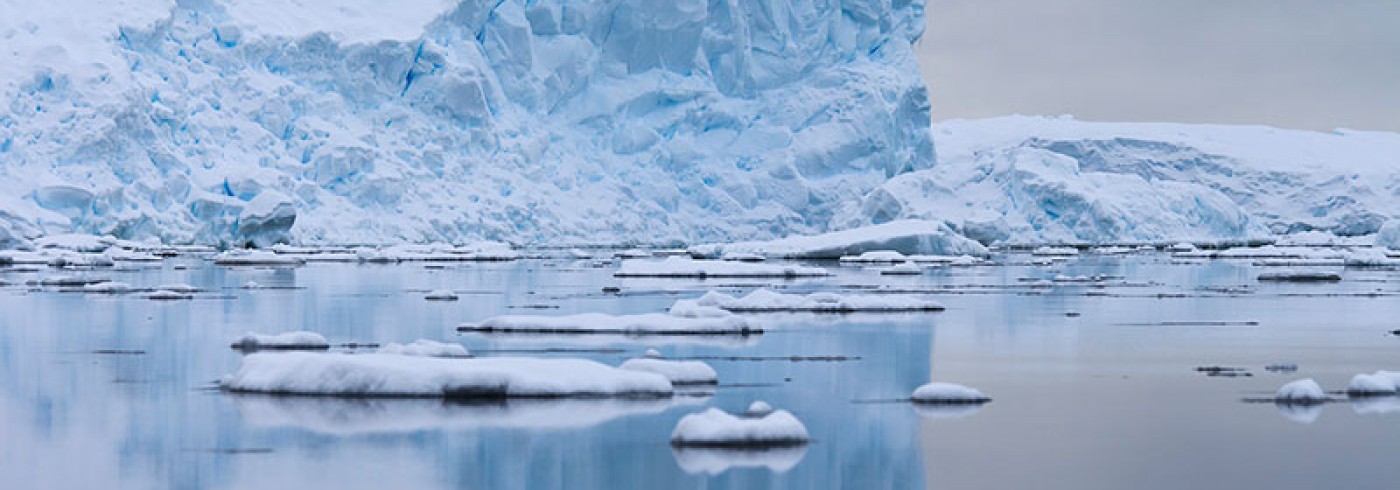Measuring the changes in the ocean’s capacity to absorb carbon dioxide
26 February 2017 - 19 March 2017More than one quarter of the CO2 in the atmosphere is absorbed by the oceans. The Southern Ocean accounts for around 40 %, but according to some models, the capacity of the Southern Ocean to absorb CO2 has been limited by an increase in the strength of the Southern Hemisphere westerly winds. The winds draw CO2 saturated waters back to the surface, which potentially will drive up atmospheric greenhouse gases and accelerate rates of global warming.
The aim of the research project was to collect sediment samples from lakes and bogs on the west coasts of sub-Antarctic islands, for example South Georgia. By analysing the samples for wind-driven aerosols and other proxies, it’s possible to determine the changes in the strength of the westerly winds over the Southern Ocean during the last 12,000 years. The data can be used in global climate models to test if past changes in the Southern Hemisphere westerly winds explain past variations in atmospheric CO2.
I participated in the third leg of the Antarctic Circumnavigation Expedition (ACE). The plan was to collect peat core samples at Rogged Bay, on the west coast of the southern tip of South Georgia, but unfortunately the weather conditions didn’t permit us to land there. The back-up plan was to go to Husvik, Stromness Bay, to re-core a peat bog I cored 22 years ago, but because of the rough wind and snow conditions we couldn’t land there either.
The following day we spent two hours in Saint Andrews Bay, but without any real hope of finding peat, as this valley is an outwash plain of three glaciers. On top of that the landscape was covered by snow, so there was no way to recognise vegetated areas, potentially indicating peat deposits. So in summary, we left South Georgia without peat cores.
The time schedule of ACE was very tight as there were 22 research projects on board – marine, terrestrial, and atmospheric. So we knew there was a risk of not getting any good samples on this leg. Luckily for the research project, Leg 1 and 2 were more successful in obtaining appropriate peat samples. Would I do it again? I think I would, because it is always an experience and it is great to meet all kinds of people.

